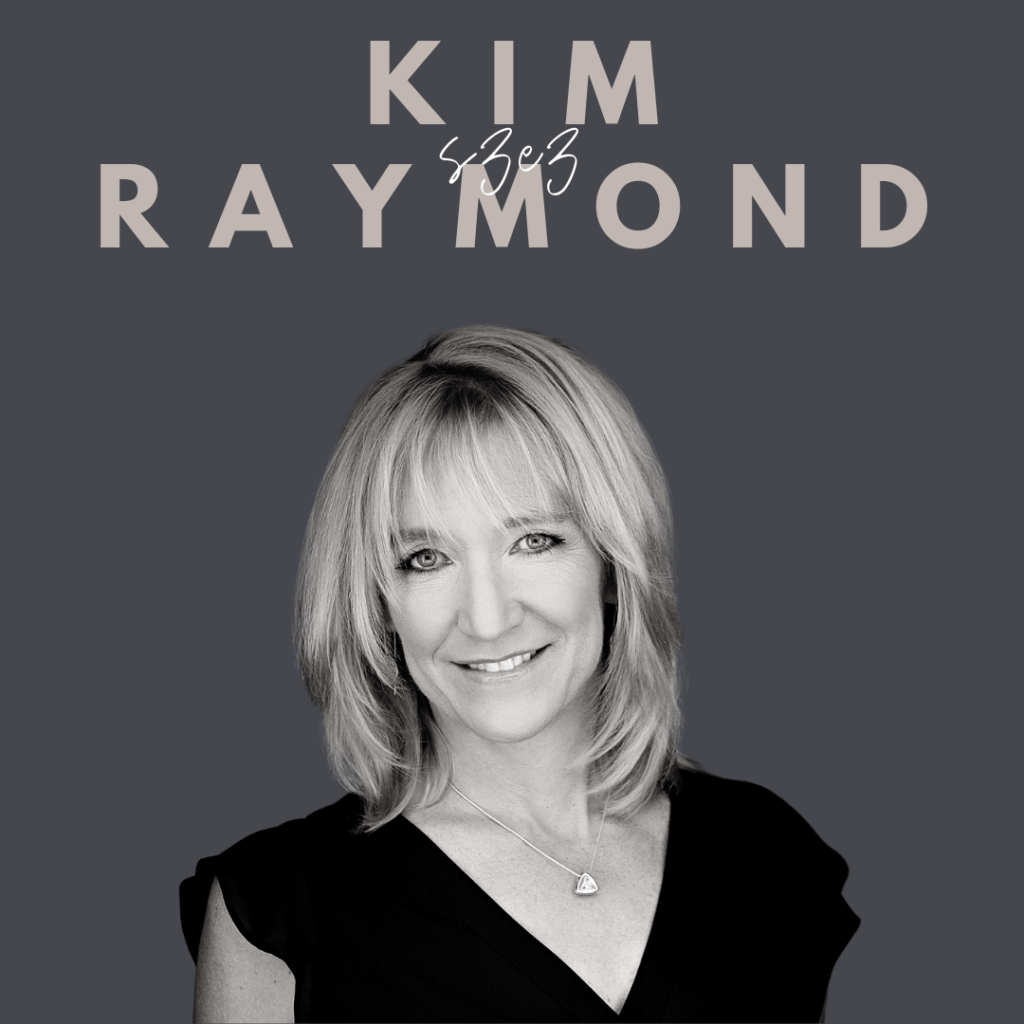Podcast: Play in new window | Download (Duration: 34:09 — 46.9MB)
Many designers have a hard time thinking of themselves as businesspeople. Often, the business is an afterthought, something they need to do in order to create, which is their real passion. But businesses need to be tended to, especially if your goal is to make enough money to support the life you want for yourself. Taking charge of your business can make all the difference.
In today’s podcast Gail and Erin talk with Kim Raymond, owner and principal architect of Kim Raymond Architects & Interiors in Aspen, Colorado, offering architecture, interior architecture, interior design, land planning and historic preservation services. In addition to being an avid skier and climber, Kim has devoted many years to philanthropic work in Rwanda and serves on the board of directors of two African organizations, Nikakure Children’s Village and Team Africa Rising, the international cycling team of Rwanda, Ethiopia and Eritrea.
Kim started off by recounting how she went from doing drafting work to teaching herself architecture and becoming a practicing architect with her own firm. When she first started working with Gail, she was having difficulty understanding the firm’s financials and wasn’t really all that interested in the business side of her practice. Once she acquired the confidence to work with the numbers, she realized how empowering and critical they were to running and planning her business. “Now I think of myself as a businesswoman, not an architect,” she said.
Recently, Kim got her contractor’s license and now has several construction projects lined up for this year and is adding more staff. Her big vision for the future is to move more toward design-build and to invest in staff development so all her new employees can become licensed professionals. She also has developed a deep interest in research on architecture and neuroscience and has plans to create an evidence-based wellness center that would help people learn how to better use their minds. “Giving yourself that challenge of having a big vision keeps you going forward,” she said. “It keeps your curiosity and your passion going.”
Gail congratulated Kim on her astounding success and asked if she had something she could do over, what might that be? “I would have started taking my business more seriously a long time ago,” she replied. “I would be in a much different place now,” stating that she would have been able to take more time away from the business or consider early retirement.
Kim mentioned that she listens to audiobooks while taking hikes in the morning and has gone through about 85 books in the past year. As a result, she has developed a new morning routine, learned to better manage her time, and become more productive.
Gail and Erin asked Kim if she had insights that listeners could take away and apply to their own businesses or lives. She offered three:
- Invest in self-improvement—books, classes, retreats, etc.
- Have a big vision for your business and build a great team
- Believe in yourself—in your abilities, strengths, and that you can do it
Kim shared a lot more about her career, self-development, love of the outdoors, and philanthropy. Listen to the full podcast and prepare to be inspired.
Mentioned in This Podcast
You can find out more about Kim’s firm and projects on her website at kimraymondarchitects.com. You can also follow her on Facebook, LinkedIn and Instagram.
Kim related a quote, “Everything you want is on the other side of fear,” that was cited in one of the books by Darren Hardy, author, keynote speaker, advisor and former published of SUCCESS magazine. You can get more information about his books, podcast and other offerings on his website at darrenhardy.com.
Kim also mentioned Dr. Benjamin Hardy’s Amp Ten X program for personal development and increasing your income ten-fold. You can read more about it on his website at benjaminhardy.com or sign up with Gail Doby’s special link to let Dr. Hardy know that you heard about his program through us. You can also learn more about him from our previous podcast episode, Becoming Your Future Self.
